S2, Episode 12: Tips for Bottle Feeding
How to choose the right bottle
Don’t buy a million bottles up front in case they don’t work for your baby
Start with what you have, and go from there; use bottles from friends and family
People have different ideas of what makes a perfect bottle to mimic natural feeding
I don’t have a favorite perfect bottle that works with every baby. My clients’ babies use many different bottles, and they work for them
It is more important to use the right technique than to have the right bottle
How to choose a nipple size for your bottle
Bottles have different nipple sizes that corresponds to the milk flow
Some companies have a preemie size, others start with 0, and others start with one.
For almost all babies, you want to start with a smaller nipple size. Especially if you plan to combo feed with latching and bottle feeding
For people with a very strong let-down or milk flow, their baby might prefer a bigger nipple size.
Trust yourself and watch your baby. Check to see if they are frustrated or unhappy with the flow
How to paced bottle-feed
When a baby nurses, he or she has to suck and wait until the natural let-down. But when a baby has a bottle, the milk comes out at a constant pace; this can cause the baby to lose patience when nursing and continue eating past the point of being full. Paced feeding slows the flow of the bottle and makes the baby work for it and take breaks.
What does paced bottle-feeding look like
Baby is sitting upright, not laying back
Caregiver doesn’t push the bottle into the baby’s mouth; the baby “latches” onto the bottle
The bottle is held horizontally, not tilted
The bottle is tilted back to stop or reduce the flow of milk periodically
If baby isn’t sucking, the bottle is pulled back
Why is paced-bottle feeding better for babies?
This method is better for babies because it mimics nursing. A typical nursing session can take 20-50 minutes, but babies often gulp a bottle down in a few minutes. Drinking too quickly can make a baby drink more than their stomach can handle, which makes them spit up. Taking breaks allows them to eat intuitively and stop when full.
Imagine drinking water while lying down; it wouldn’t be comfortable! A baby feels the same, so sitting baby up to feed allows them to be in charge and have less pressure. If you want to see what paced feeding looks like, I’ll link a video in the show notes.
Check out my Breast / Chest Feeding Guide!
How to read baby’s cues
Watch your baby
Make sure they’re actively sucking and swallowing. If they aren’t, tip the bottle back
Watch their chest to see if they need a break to take a deep breath
Watch their chest to see when they need to be burped; you can pause in the middle of the bottle or look for when their body seems uncomfortable to squirmy
Watch for when they might be finished. Don’t assume that they will be finish the whole bottle, and that is the end. They might drink more or less.
Use the bottle as a time to connect. Make eye contact with and talk to your baby. Bottle feeding can be a great time to bond.
To wrap it up, when bottle feeding, consider your bottle and your nipple size. Use the tips for paced feeding and pay attention to your baby while you feed. And use it as an opportunity to connect
Enjoy the episode!
Gigi is a childbirth educator, doula, newborn care specialist, and lactation educator. She’s also a mother to three children. Gigi believes there isn’t one perfect way to have or care for babies; she empowers families, streamlining the newborn learning curve, so they can thrive in the fourth trimester and beyond.


